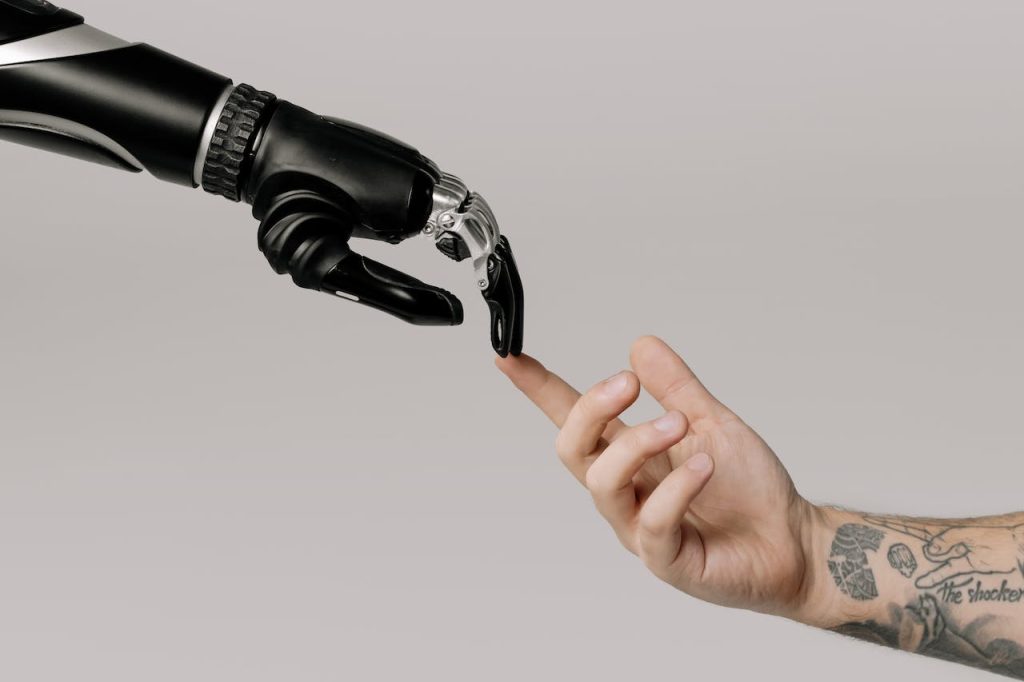Generative AI might sound like a complex topic reserved for tech experts, but it’s a fascinating and accessible field impacting one’s daily life. This guide aims to unwrap the layers of generative AI, making it easy to grasp for anyone interested. By the end of this article, the term understanding generative AI will be less of a mystery and more of an exciting reality shaping one’s future.
What is Generative AI?
At its core, generative AI is about creating new content. Whether it’s art, music, or text, this technology uses data to make something new. Think of it as a chef who creates a recipe from a mix of known ingredients to make a dish no one’s tasted before. That’s what generative AI does with data. It’s a tool that takes in information and then uses that to make new, original pieces. This process is not just about imitation but innovation, pushing the boundaries of what machines can create and offering a glimpse into the potential of AI-driven creativity.
How Does Generative AI Learn?
Generative AI learns by looking at examples. It’s like a student observing a master at work, picking up on techniques and styles. You feed it a lot of data, like thousands of paintings or songs, and it notices patterns and styles. Then, it uses those patterns to make its versions. This process is called ‘training,’ the more the AI is trained, the better it gets at creating. The beauty of this learning process is that it’s never-ending. As AI is exposed to more and more data, its capability to create diverse and intricate outputs continues to grow.
The Role of Algorithms
Algorithms are the brains of generative AI. They’re a set of rules that guide the AI in making decisions. These algorithms can get quite complex, but their goal is simple: to predict what comes next. In music, this might mean predicting the next note; in writing, the next word. As the AI practices, these predictions help it to create new and unique pieces. And as algorithms evolve, they become more adept at understanding context and nuance, which allows for even more sophisticated creations.
Creativity Through AI
You might not think machines are creative, but generative AI challenges that idea. It introduces creativity by mixing up the patterns it’s learned. This could mean combining styles from different artists or creating a new genre of music. It’s this ability to blend and create that gives generative AI its unique edge. Moreover, this machine’s creativity isn’t confined to replicating human art forms; it can also generate entirely new forms of expression that people may never have conceived.
Generative AI in the Real World
Generative AI isn’t just a cool concept; it’s being used now. Game developers use it to create vast, detailed worlds. Marketers use it to generate new ideas for campaigns. Scientists use it to model complex systems. It’s a versatile tool that opens up new possibilities across various industries. Beyond these applications, generative AI is also being used to personalize experiences, from tailoring music playlists to generating custom learning plans, making each interaction with technology more relevant to the individual user.
Adobe Firefly states, “Artists are using generative AI applications like Adobe Firefly to express themselves and create commercial work.”
Understanding generative AI is about recognizing its potential to innovate and inspire. It’s a technology that not only enhances the creative process but also offers solutions to complex problems. As one continues to train and refine these AI systems, they’ll become even more integrated into one’s work and creative lives, helping one to push the boundaries of what’s possible. Generative AI is not just a technological wonder—it’s a partner in one’s ongoing quest for innovation and discovery, and its journey has only just begun. With each advancement, it promises to unlock new creative horizons and deepen one’s engagement with the digital world.


